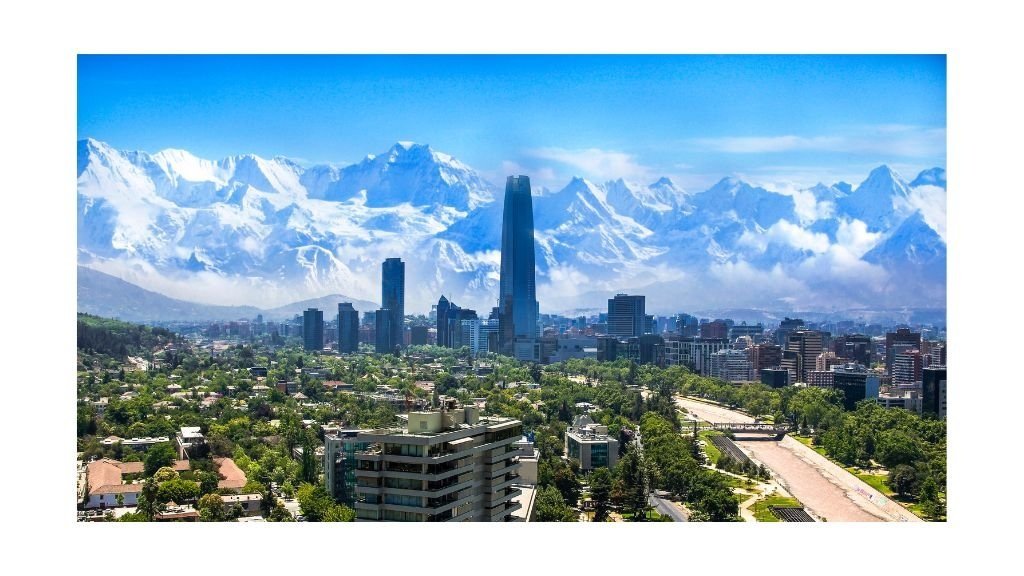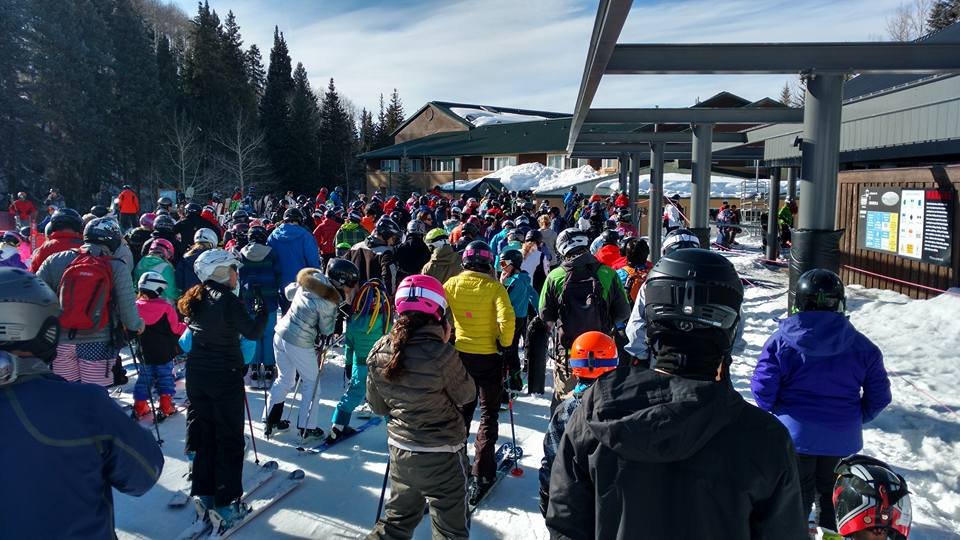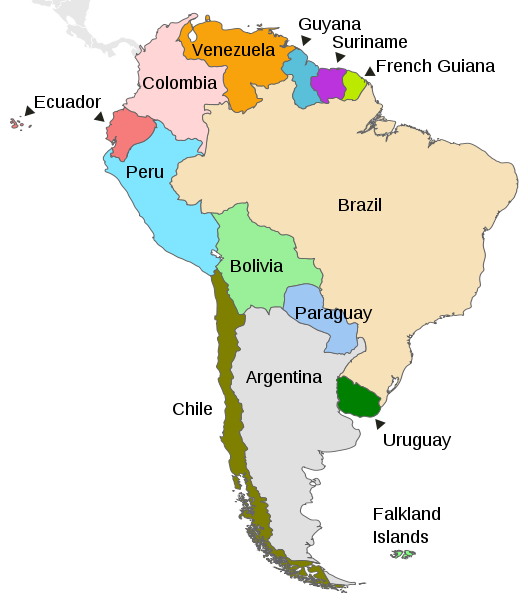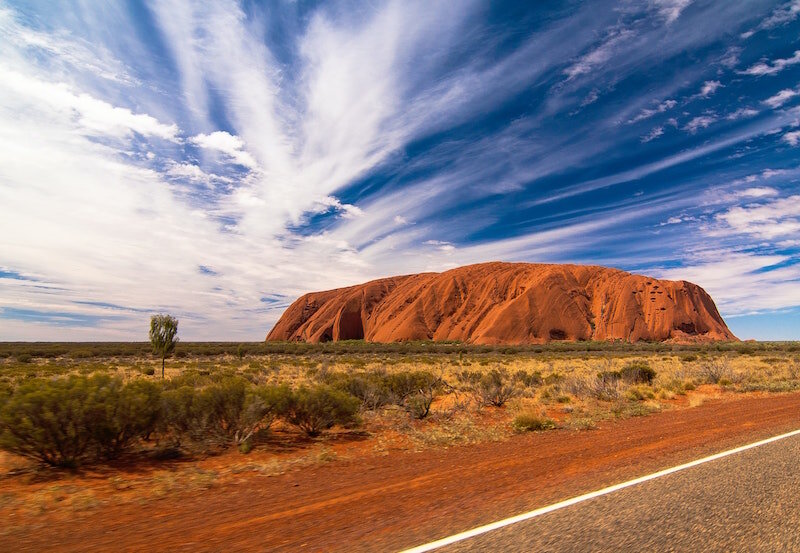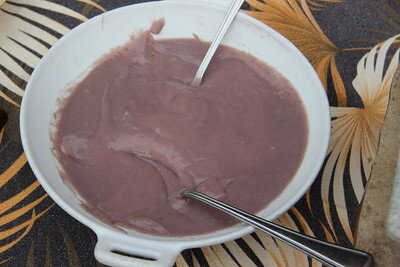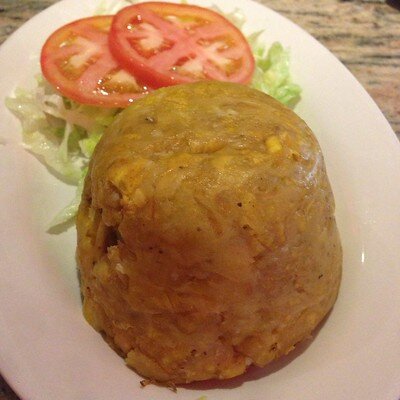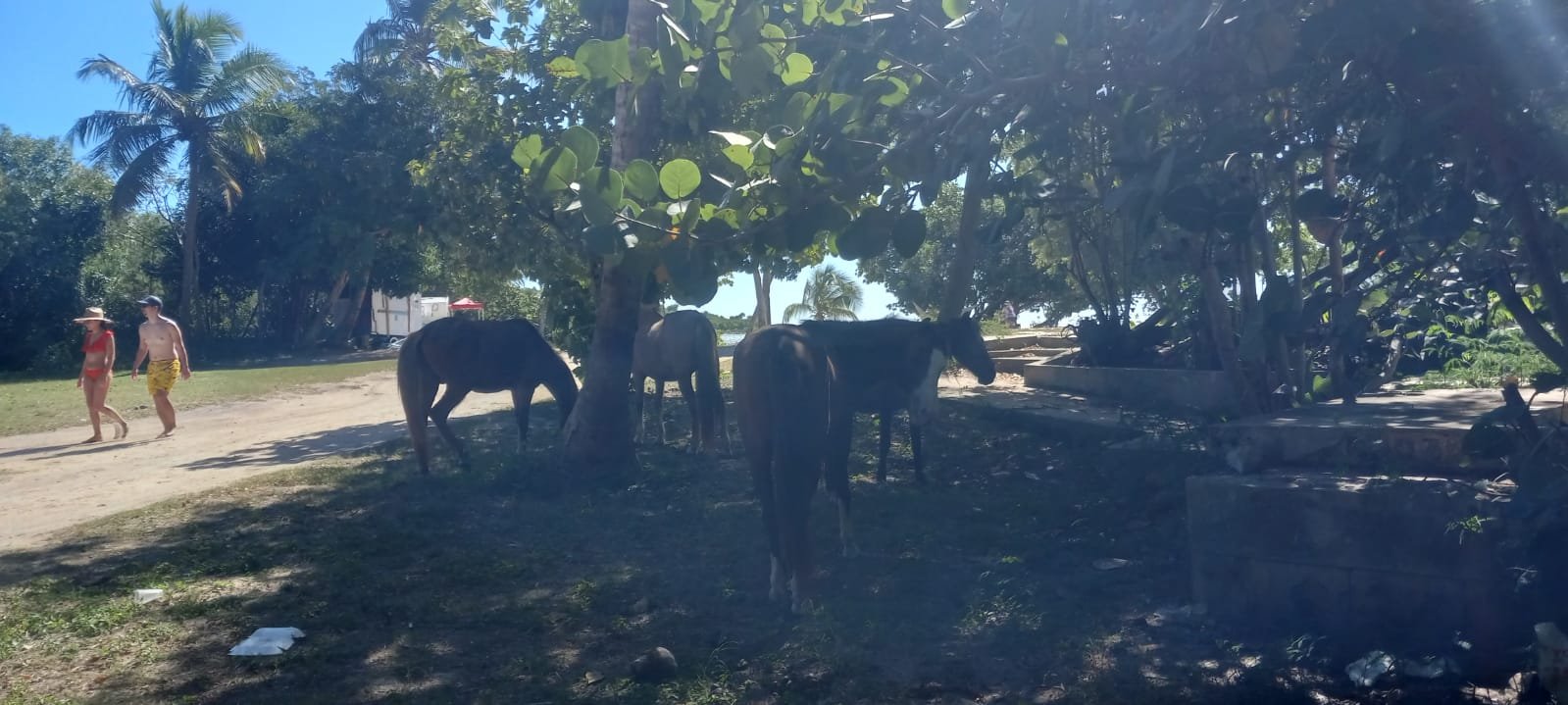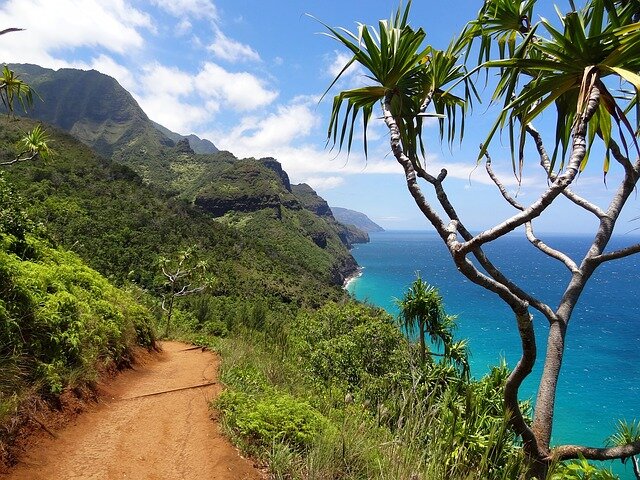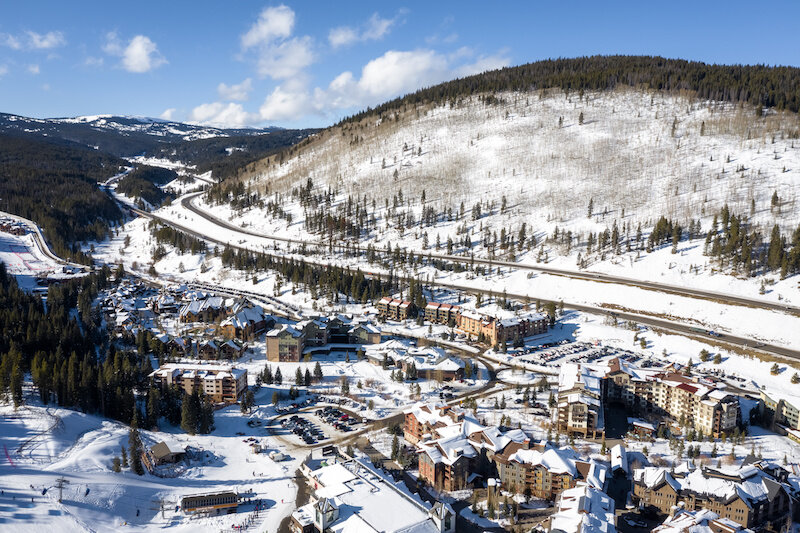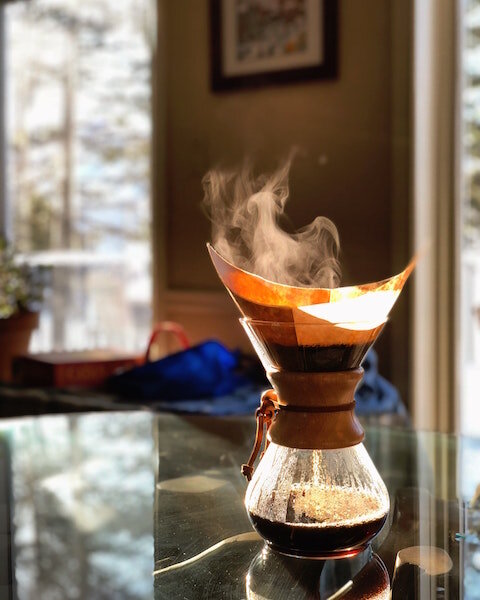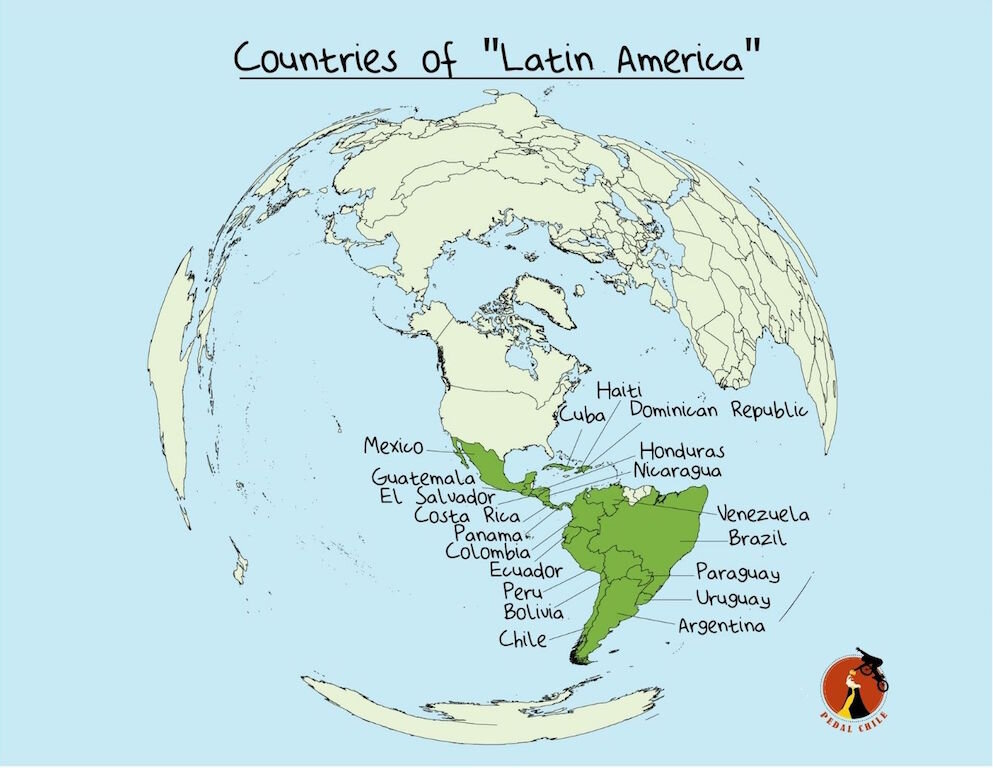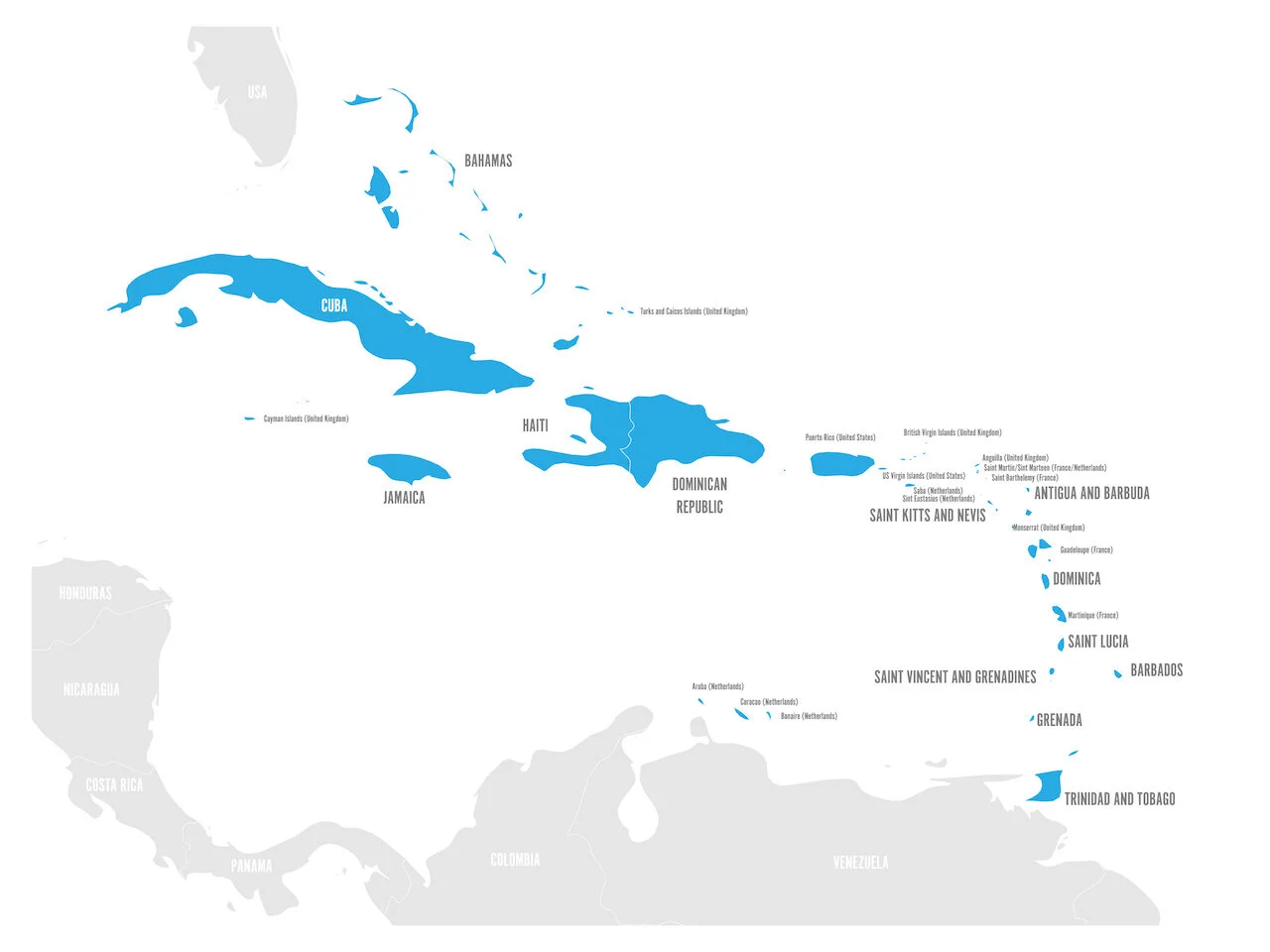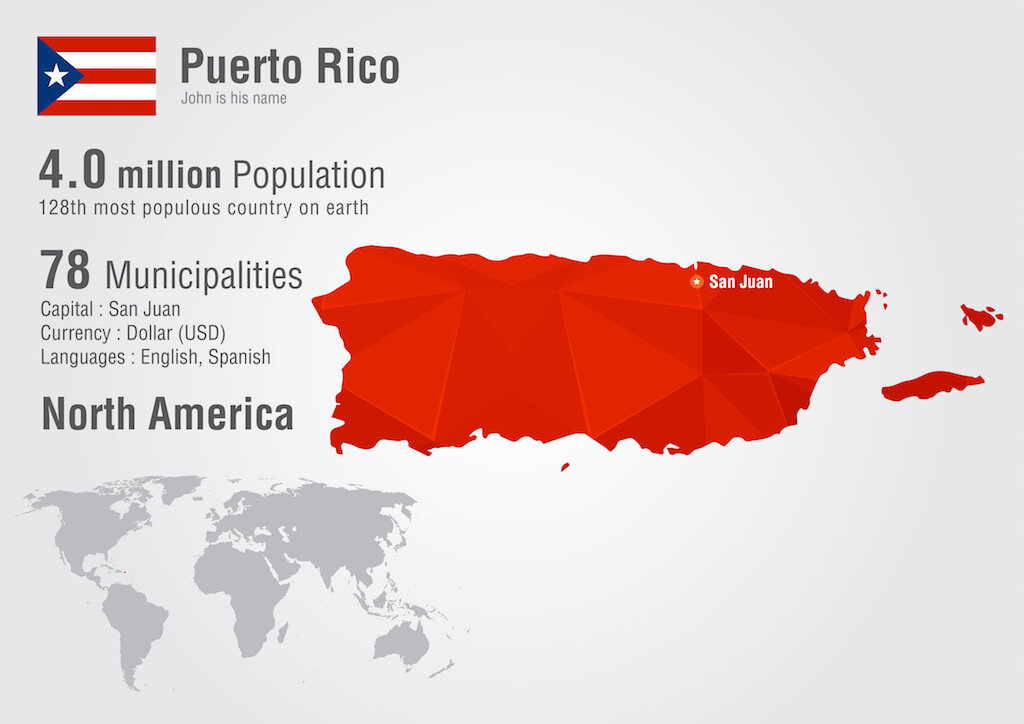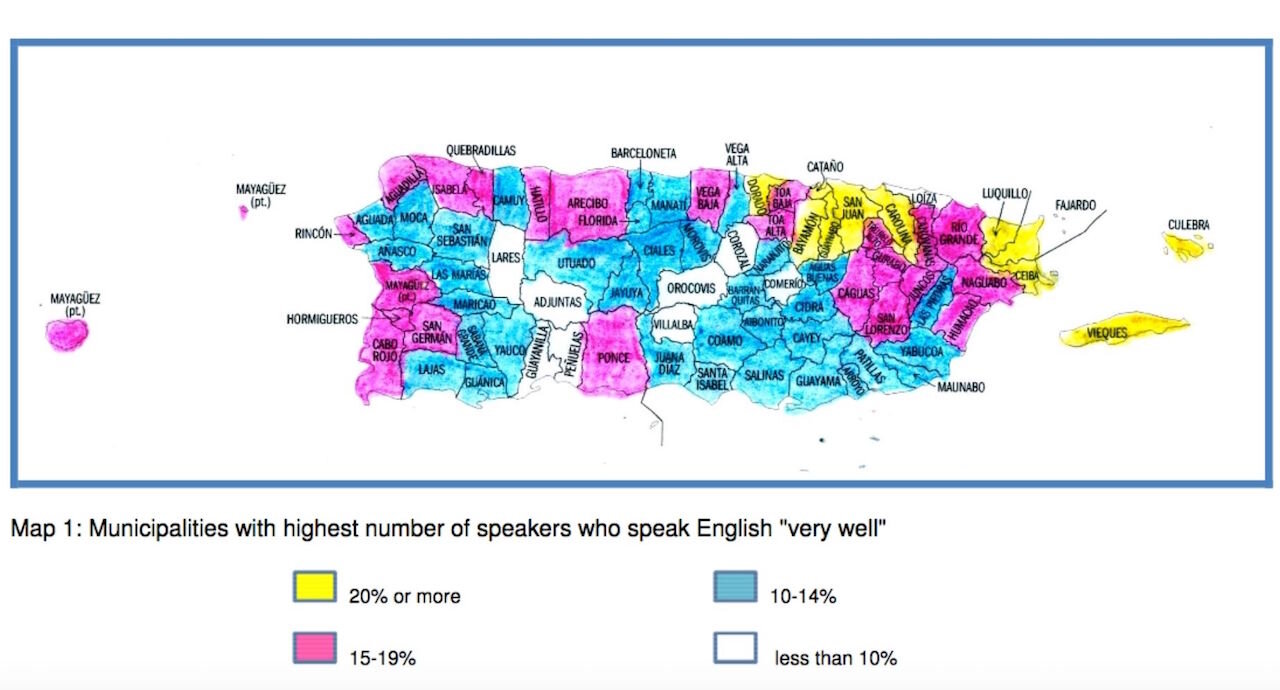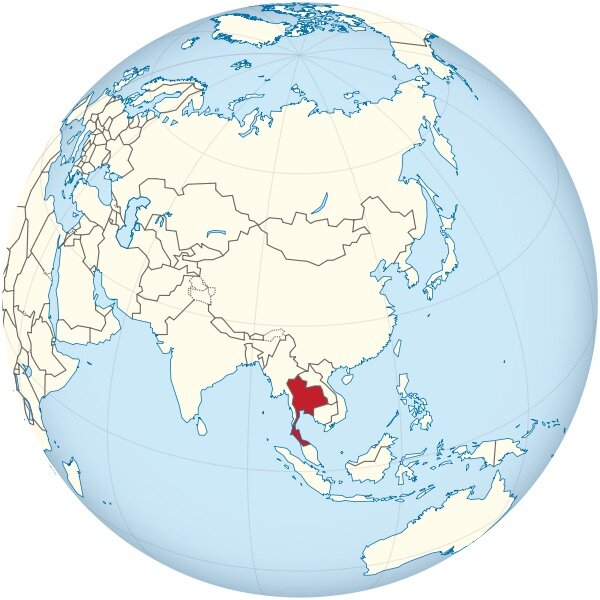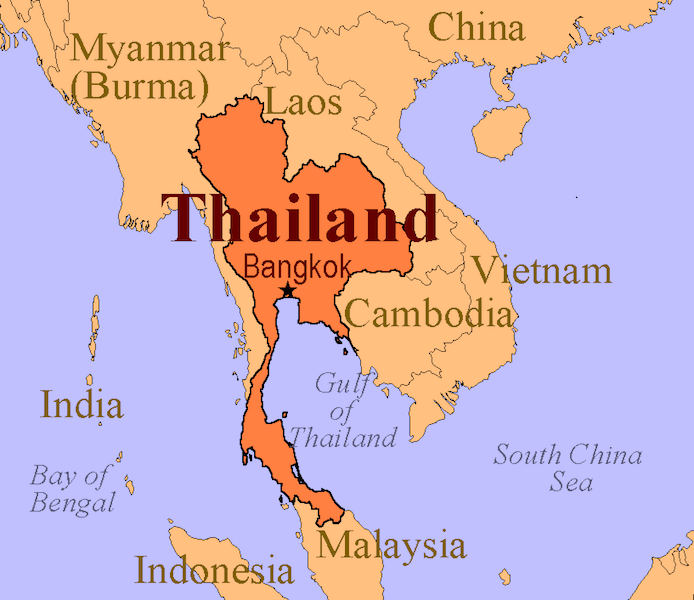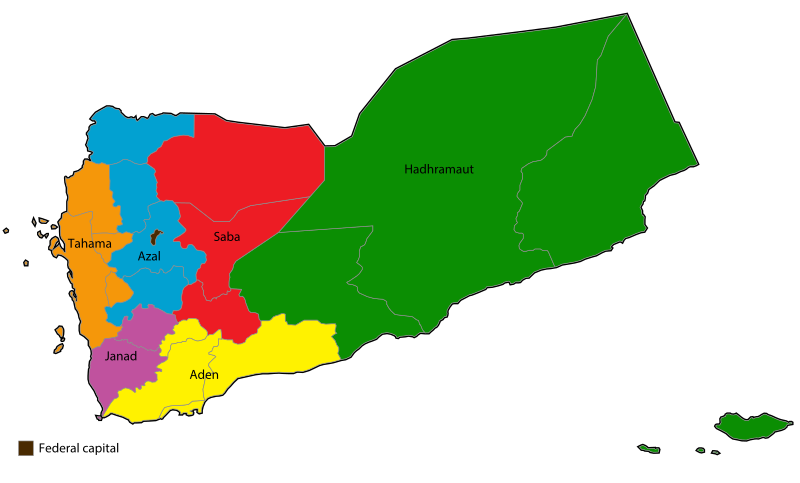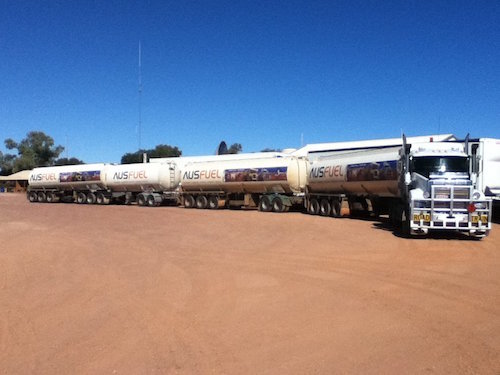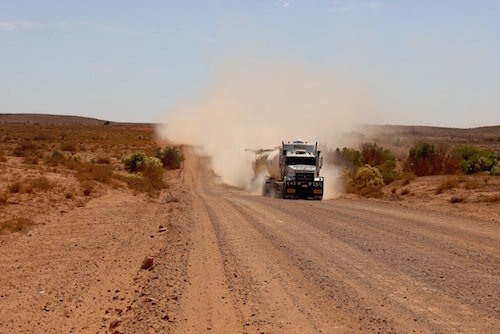It's difficult to provide a definitive answer to the question of which country in Latin America is the most developed, as development can be measured in many different ways, and there is no universally agreed-upon definition of what it means to be "developed."
However, some commonly used measures of development include factors such as economic growth, GDP per capita, education, healthcare, and human development index (HDI). According to the Human Development Index rankings published by the United Nations Development Programme (UNDP) in 2021, the following Latin American countries are ranked highest in terms of human development:
The most developed region in all of Latin America is Puerto Rico. This is based on GDP Per Person, Life Expectancy, Unemployment Rate, plus additional Quality of Life metrics.
1) Puerto Rico
Even though Puerto Rico is a commonwealth of the United States, it is the most developed region in ALL of Latin America. While Puerto Rico is technically a territory of the United States and not a sovereign nation, it has a strong economy and high human development indicators that are comparable to many independent countries in the region.
According to the United Nations Development Programme's Human Development Index (HDI), Puerto Rico has a ranking of 31 out of 191 countries, which is higher than all other countries in Latin America except for Chile and Argentina.
Puerto Rico also has THE HIGHEST GDP per capita in Latin America, with a 2020 estimate of $34,960. This is over double the amount of wealth in Chile, the Latin America country with the highest GDP per capita.
Some of the key factors that have contributed to Puerto Rico's development include its strong infrastructure, particularly in transportation and telecommunications, its skilled workforce, and its location as a hub for trade and commerce. The territory's government has also implemented a number of social programs to promote education, health, and social inclusion.
However, it's important to note that Puerto Rico faces significant challenges as well, particularly in the areas of debt and political status. The territory has been grappling with a severe debt crisis in recent years, which has led to austerity measures and cuts to social programs. Additionally, the ongoing debate over Puerto Rico's political status as a territory of the United States versus a sovereign nation has implications for its development and relationship with other countries in the region.
Overall, if Puerto Rico were considered a separate country, it would be considered the most developed country in Latin America, by a fairly wide margin.
Puerto Rico Metrics
GDP Per Person = $34,960 USD
Human Development Index (HDI, 2020): N/A (Puerto Rico is not listed separately in the HDI rankings, but is included in the United States' HDI ranking)
Life expectancy at birth (2020): 80.1 years
Poverty rate (2019 estimate): 44.9%
Unemployment rate (January 2022 estimate): 8.7%
Inflation rate (2021 estimate): 3.2%
Home Ownership Rate = 54.8%
2) Chile
Santiago, Chile (South America)
Chile has made significant progress in improving its human development outcomes over the past few decades, thanks in part to its strong commitment to social spending, education, and healthcare. Chile has one of the highest rates of educational attainment in Latin America, with high levels of literacy and enrollment in primary, secondary, and tertiary education.
In addition, Chile has a relatively low poverty rate, and its economy has been growing steadily in recent years.
Chile Metrics
HDI score: 0.851/1.00
GDP per capita: $15,978
Unemployment rate: 8.8%
Average monthly wage: $1,234
Homeownership rate: 74.9%
Life expectancy: 80.5 years
3) Argentina
Despite facing economic and political challenges in recent years, Argentina remains a relatively well-developed country in Latin America, with a strong social welfare system, high literacy rates, and good healthcare outcomes.
Argentina has a strong tradition of public education, and a high percentage of its population has completed secondary or tertiary education. The country also has a relatively low infant mortality rate and a high life expectancy.
Argentina Metrics
HDI score: 0.825
GDP per capita: $11,747
Unemployment rate: 10.4%
Average monthly wage: $684
Homeownership rate: 53.9%
Life expectancy: 76.3 years
4) Uruguay
Uruguay is a small country with a high level of social and economic development. The country has a strong commitment to social welfare, and its government invests heavily in education and healthcare. Uruguay has one of the highest literacy rates in Latin America, and its population has relatively good health outcomes, with a low infant mortality rate and high life expectancy.
Uruguay Metrics
HDI score: 0.817
GDP per capita: $16,498
Unemployment rate: 9.4%
Average monthly wage: $1,200
Homeownership rate: 65.9%
Life expectancy: 77.9 years
5) Costa Rica
Costa Rica has a long history of investing in social welfare and environmental protection, which has contributed to its relatively high level of development. The country has a well-established public healthcare system, and a high percentage of its population has completed primary and secondary education.
Costa Rica also has a relatively low poverty rate and a high life expectancy, and has made significant progress in protecting its natural resources and promoting sustainable development.
Costa Rica Metrics
HDI score: 0.810
GDP per capita: $11,933
Unemployment rate: 11.7%
Average monthly wage: $630
Homeownership rate: 65.5%
Life expectancy: 80.1 years
6) Panama
Panama is a small country that is known for its strong economy, low tax rates, and excellent infrastructure. It is a hub for international business and has a well-developed banking sector.
Panama Metrics
HDI score: 0.789
GDP per capita: $16,626
Unemployment rate: 7.5%
Average monthly wage: $975
Homeownership rate: 64.8%
Life expectancy: 78.3 years
More Articles from Pedal Chile
Sources
UNDP. Human Development Index (HDI) Trends, 1990-2019. 2020. http://hdr.undp.org/en/data
World Bank. GDP per capita (current US$) - Latin America & Caribbean. Accessed April 17, 2023. https://data.worldbank.org/indicator/NY.GDP.PCAP.CD?locations=ZJ
Trading Economics. Latin America Home Ownership Rate. Accessed April 17, 2023. https://tradingeconomics.com/latin-america/home-ownership-rate
Trading Economics. Latin America Unemployment Rate. Accessed April 17, 2023. https://tradingeconomics.com/latin-america/unemployment-rate
World Bank. Life expectancy at birth, total (years) - Latin America & Caribbean. Accessed April 17, 2023. https://data.worldbank.org/indicator/SP.DYN.LE00.IN?locations=ZJ
Forbes. The Most Developed Countries In Latin America In 2021. Accessed April 17, 2023. https://www.forbes.com/sites/silviamarcu/2021/06/21/the-most-developed-countries-in-latin-america-in-2021/?sh=47d26d1e7b81
World Population Review. Chile Population 2022. Accessed April 17, 2023. https://worldpopulationreview.com/countries/chile-population
World Economic Forum. How Chile Became One Of Latin America's Most Innovative Economies. Accessed April 17, 2023. https://www.weforum.org/agenda/2019/03/how-chile-became-one-of-latin-americas-most-innovative-economies/




